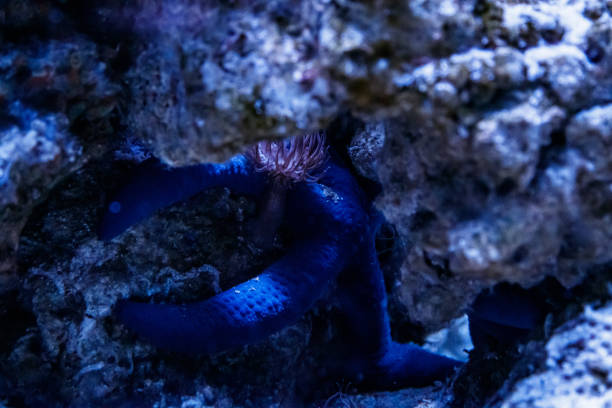Underwater Symphony: The Enchanting World of Fish Vocalizations
Dive into the hidden realm of aquatic acoustics as we explore the fascinating world of fish vocalizations. Long believed to be silent creatures, fish have been discovered to possess a rich repertoire of sounds, challenging our understanding of underwater communication and ecosystem dynamics.

A Brief History of Fish Vocalization Research
The study of fish vocalizations dates back to the mid-20th century when researchers first began to document sounds produced by various species. Initially, these discoveries were met with skepticism, as the prevailing belief was that fish lacked the necessary organs for sound production. However, as technology advanced and underwater acoustic research methods improved, scientists uncovered a wealth of evidence supporting the existence of fish-generated sounds.
The Mechanics of Fish Sound Production
Unlike mammals and birds, fish don’t have vocal cords. Instead, they have evolved a variety of ingenious mechanisms to produce sounds. Some species use their swim bladders, which can be vibrated by specialized muscles to create drumming or humming noises. Others employ their fins, teeth, or even their skeletons to generate clicks, grunts, and croaks. The diversity of sound-producing structures in fish is a testament to the power of evolutionary adaptation.
The Language of Fins: Decoding Fish Vocalizations
Fish vocalizations serve a multitude of purposes, from courtship rituals to territorial defense. During mating seasons, many species produce complex calls to attract potential mates. These underwater serenades can vary in pitch, duration, and intensity, creating unique acoustic signatures for different species. Some fish use sounds to establish and defend their territories, with aggressive vocalizations serving as warnings to potential intruders.
Ecological Implications of Fish Acoustics
The discovery of widespread fish vocalizations has profound implications for our understanding of marine ecosystems. These sounds play a crucial role in maintaining the delicate balance of underwater habitats. For example, the ambient noise produced by healthy coral reefs, including fish vocalizations, helps guide the larvae of various marine species back to suitable settlement areas. This acoustic orientation is vital for the replenishment and sustainability of reef ecosystems.
Challenges in Studying Underwater Acoustics
Researching fish vocalizations presents unique challenges. Water’s properties as a sound conductor differ significantly from air, requiring specialized equipment and methodologies. Additionally, the vast expanse of the world’s oceans and the elusive nature of many fish species make comprehensive studies difficult. Scientists employ hydrophones, autonomous underwater vehicles, and advanced signal processing techniques to capture and analyze these aquatic sounds.
Conservation Implications
Understanding fish vocalizations has become increasingly important in the face of growing environmental challenges. Rising ocean noise pollution from human activities such as shipping, offshore construction, and seismic surveys threatens to disrupt these delicate acoustic ecosystems. By studying and preserving the natural soundscapes of our oceans, we can better protect marine life and maintain the health of aquatic environments.
The Future of Fish Vocalization Research
As technology continues to advance, so does our ability to study and understand fish vocalizations. Emerging fields such as bioacoustics and ecoacoustics are providing new insights into the complexity of underwater communication networks. Future research may uncover even more sophisticated forms of acoustic interaction among fish species, potentially revolutionizing our understanding of marine ecology and evolution.
Conclusion: A New Perspective on Aquatic Life
The discovery of fish vocalizations has opened up a new dimension in our understanding of marine life. It challenges us to reconsider our perceptions of these creatures and the underwater world they inhabit. As we continue to explore and decipher the intricate language of fins, we gain not only scientific knowledge but also a deeper appreciation for the complexity and beauty of life beneath the waves. The underwater symphony of fish vocalizations serves as a powerful reminder of the wonders that still await discovery in our planet’s vast oceans.





